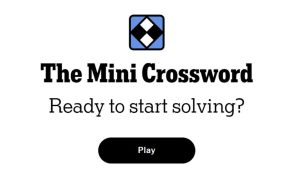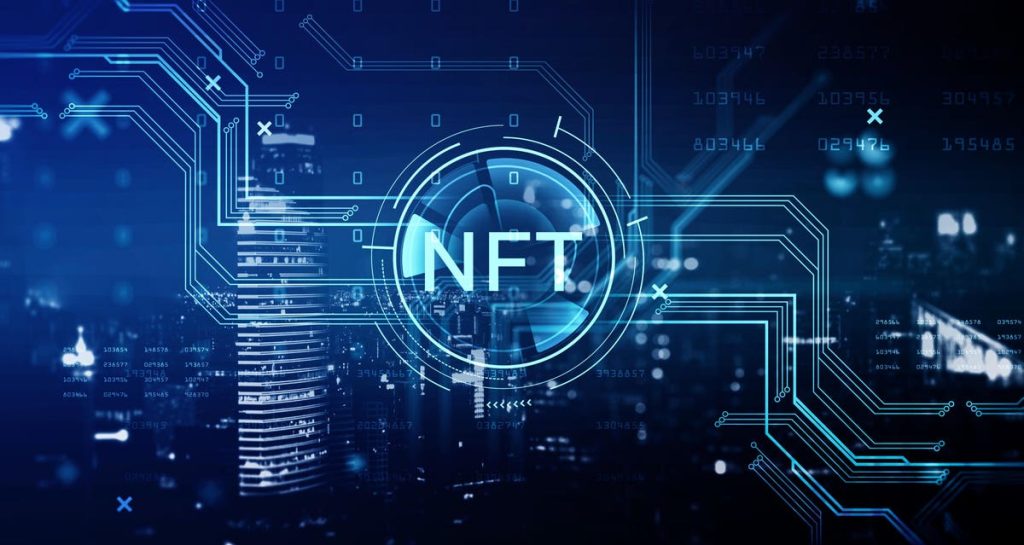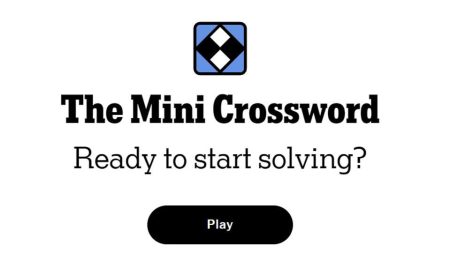Jordan is the CEO of MetaTope, a blockchain technology company.
Most people working in Web3 will tell you that NFTs have a branding problem, and, as I’ve written about before, for the most part, it’s true. Hop on any social network today, and you’ll see the jokes and general disdain people who don’t know very much about the technology have for the industry, and, by now, most of us working in the space understand it comes with the territory.
The idea that NFTs have a branding problem is so pervasive that companies often take steps to address it, like publishing blog posts about use cases and creating content showcasing utility.
One of the main things brands do to dance around the branding problem is to avoid using the term “nonfungible token” or its acronym altogether, banishing it and wordsmithing their way through descriptions that often come with the unfortunate side effect of selling the technology short.
Not actually saying “NFT” is a particularly useful route taken by companies unwilling to risk their legacy branding when dipping their toes into the space for the first time, like when Reddit launched its Collectible Avatars last year and decided to describe them as “blockchain-backed” while never mentioning “NFTs.”
When the NBA partnered with Dapper Labs to launch NBA Top Shots in 2020, Dapper Lab’s CEO Roham Gharegozlou told The Action Network: “I try not to talk about the blockchain part.” Instead, Gharegozlou marketed NBA Top Shots as only requiring “trading card knowledge” and told people they “don’t need to understand anything about crypto or blockchain.”
Netflix and Candy Digital also declined to mention “NFTs” while marketing their Stranger Things Season 4 Upside Down Mystery Box collaboration, with Candy Digital CMO Andre Llewellyn telling NFT Now that the brands wanted to “focus more on the product than the format.”
Each of the above-mentioned brands (and others) opted to instead describe their NFTs as “digital collectibles,” a seemingly safe term that general consumers can understand and accept.
It’s understandable for these brands to go with “digital collectible” instead of “NFT” since it serves the dual purpose of sidestepping NFTs’ branding problem while also describing the items appropriately.
Still, if brands continue to choose not to say “NFT,” we risk creating a new umbrella term that, no matter how palatable to consumers, consistently sells the technology short by failing to convey its wide-ranging uses and overall revolutionary utility. It’s especially inappropriate to only call an NFT a “digital collectible” when it has a utility that isn’t being adequately conveyed, like when they’re paired with a real-life experience or physical item.
Digital collectible NFTs are just one part of a much larger thing, so using “digital collectibles” as an umbrella term risks losing the bigger picture and, ultimately, adding to NFTs’ aforementioned branding problem.
NFTs aren’t just collectibles. NFTs are access, ownership, identity, and security (among other things).
• Access: NFTs can act as a ticket to something.
• Ownership: NFTs can act as a certificate of ownership or authenticity and hold information (like a chain of title).
• Identity: NFTs can serve as a digital identity.
• Security: NFTs can prevent counterfeiting and fraud.
A better route for these legacy brands would be to not hide behind an umbrella term like “digital collectible” and instead let customers know they’re interacting with blockchain technology. We don’t need to shove it in their faces, but we want and need to encourage seamless Web3 interactions, and that means we can’t hide the fact that people are interacting with its underlying technology.
It’s a tweak to our approach. It’s about taking the opportunity to connect with people about Web3 technology in a setting they’re comfortable in and, hopefully, making them more open to the next, more advanced use case.
After floating this idea in private circles, it’s become clear to me that proponents of saying “digital collectibles” really only do so out of fear of running into NFTs’ branding problem. They see the term as a Band-Aid to slap over the issue so it can be ignored while retaining the benefits of the technology and tapping into its lucrative market.
But that’s not a real solution—a Band-Aid doesn’t actually heal a wound; it only protects it from outside forces. A wound is only healed when the body’s immune system and/or other treatments actively address it; otherwise, it becomes chronically unhealed and even more dangerous to the body’s overall health.
A real solution to NFTs’ branding problem would heal it, and if brands have given up on making the term itself more palatable, then maybe it’s time we find a durable alternative that adequately conveys what the technology can do. Mass adoption of NFT and blockchain technology will happen when using it becomes seamless for the public, and that requires not hiding the technology behind an umbrella term acting as a superficial, temporary solution.
Let’s do this technology justice. It has multiple forms that transcend novelty and collectibility, which aren’t adequately conveyed when brands opt for using an umbrella term like “digital collectible.” We’re missing an opportunity to showcase what the technology can do, which means we’re missing a chance to show how it can improve society overall. The way we solve NFTs’ branding problem is by addressing it, not hiding behind a description that seems acceptable to the general public.
This isn’t to say that brands should never call NFTs “digital collectibles,” since they certainly should when the item really is only a collectible. But it can’t be used all the time. We can’t allow “digital collectible” to become a substitute for “NFT”; otherwise, we run the risk of creating a new branding problem.
Just because digital collectibles can be NFTs, let’s not give the impression that all NFTs are digital collectibles.
This article is the second part of a three-part series about how we can reshape the conversation around NFTs and bring this technology to the masses.
Part One: How to Fix NFTs’ Branding Problem
Forbes Technology Council is an invitation-only community for world-class CIOs, CTOs and technology executives. Do I qualify?
Read the full article here









